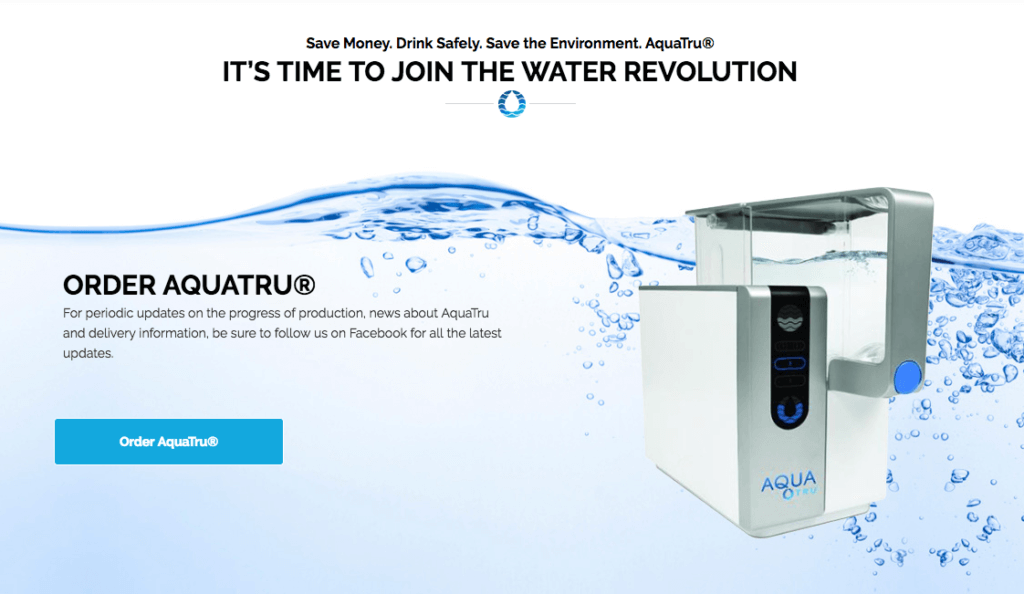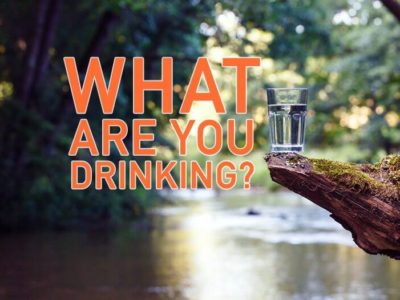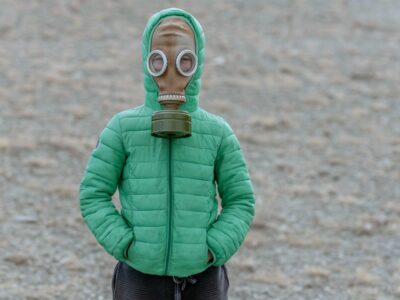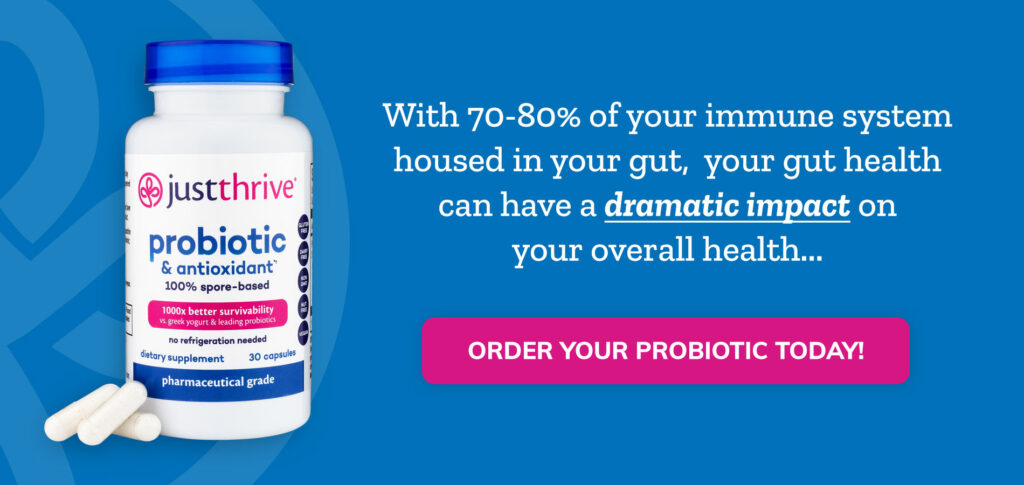Table of Contents[Hide][Show]
Is it necessary to filter water for your best health?
Are harmful chemicals present in our water?
Are there really medications in our tap water?
Is our drinking water filled with bacteria, viruses, and parasites that may make us sick?
What do you do when even the “experts” disagree on the most healthful approach?
Many doctors will tell you that drinking tap water in America is largely safe—but tell that to the parents in Flint, Michigan who were told the same thing numerous times about the “safe” levels of lead in their children’s drinking water.
Drinking water may cause more than a million cases of stomach illness every year. A 2012 government funded study showed that water pipes throughout the U.S. infrastructure are old and leaking and not being replaced. It’s these pipes that may allow viruses to travel from public wells to your home drinking water.
Water Usage
The average American uses 150 gallons of water every day, yet those in developing countries can scarcely find five gallons daily. Of the seven billion people on Earth, 1.1 billion do not have access to safe, clean drinking water. Water related diseases kill more people than wars—and nearly half of the victims are children.
The U.S. Environmental Protection Agency (EPA) does not regulate the 51 “known” water contaminants. But those are just a drop in the bucket compared to the vast number of human-made chemicals finding their way into the public water supply. There are more than 11600 human-made chemicals now detected in public water systems per William Marks, author of the book, Water Voices from Around the World.
Bottled Water: A Blight or Blessing?
Worldwide, $100 million is spent annually on bottled water and about 40% of bottled water Is just tap water that may or may not have received additional treatment.
Bottled water is often less pure than city water. An independent test performed by the Environmental Working Group, (EWG) revealed the presence of 38 low-level contaminants in bottled water, with each of the ten brands tested containing an average of eight chemicals. They detected disinfection byproducts, caffeine, Tylenol, nitrate, industrial chemicals, arsenic, and bacteria.
Not only is the bottled water potentially contaminated but the plastic bottle it comes in may have serious risks of its own from chemicals that leech into the water from the plastic, such as BPA and phthalates.
The United Nations estimates it would cost an additional $30 billion per year to provide clean drinking water to every person on the planet. Sounds like a lot of money until you consider that we spend three times that amount on bottled water last year alone.

Types of Water Purifiers: Pro’s and Con’s
For those concerned about the possible harm with chemicals, viruses, and bacteria in their water check out these options to improve the quality of your drinking water.
- Mechanical water filtration
- Water distillation system
- Reverse osmosis filtration
Mechanical Water Filters
Mechanical water filter remove impurities from water by means of a fine physical barrier, a chemical process or biological process. These filters cleanse water for different purposes and to different degrees.
Pitchers & Dispensers
You pour tap water in the top and the water drips through an activated carbon filter into a container that you store in the refrigerator. They are certified to reduce asbestos, cadmium, cysts, lead, mercury, and nominal particulates, and improve taste and odor.
- Pro: Low initial cost
- Con: Filter replacement can be expense, filters waters slowly
Faucet Mounted or Countertop
These filters are connected to the faucet and/or connected to a filter which sits on the counter. They are certified to reduce asbestos, chlordane chlorine, cysts, lead, mercury, monochlorobenzene, nominal particulates, and improve taste and odor.
- Pro: Low initial cost, filters don’t need to be replaced as often
- Con: Some filters clog easily and leak, cost more than pitchers
Water Distillation
Water distillation systems involve boiling the water and then condensing the steam into a clean container for drinking. Distilled water has all its trace minerals removed. Advocates of distilling will tell you that we get 95% of our minerals through food and only 5% through water. The purest water is distilled so we do not need the contaminants that go with the minerals.
- Pros: Perhaps the purest water available; consider minerals in water to be non-organic and impossible for our body to use
- Cons: Some suggest it taste bad, lack of minerals may impact health
Reverse Osmosis
Reverse osmosis operates by using household water pressure to push tap water through a semi-permeable membrane which filters out 95-99% of total dissolved solids as well as chlorine, fluoride, and other impurities.
- Pros: An RO filtration consumes no energy; simple maintenance
- Cons: Initial expense is high; requires 6-month filter changes
It’s a really good idea to support your health and the support of your family by filtering your water and staying clear of plastic water bottles. Although we keep hearing our water is “clean,” do your due diligence and keep filtering that water!
Sources:
- https://en.wikipedia.org/wiki/System_of_Environmental_and_Economic_Accounting_for_Water
- http://kids.nationalgeographic.com/kids/stories/spacescience/water-bottle-pollution/
You May Also Like…






